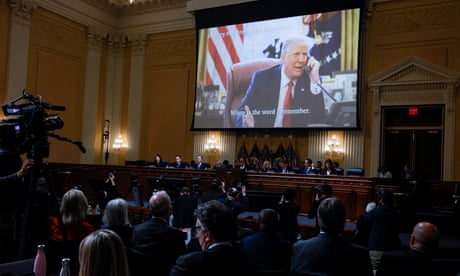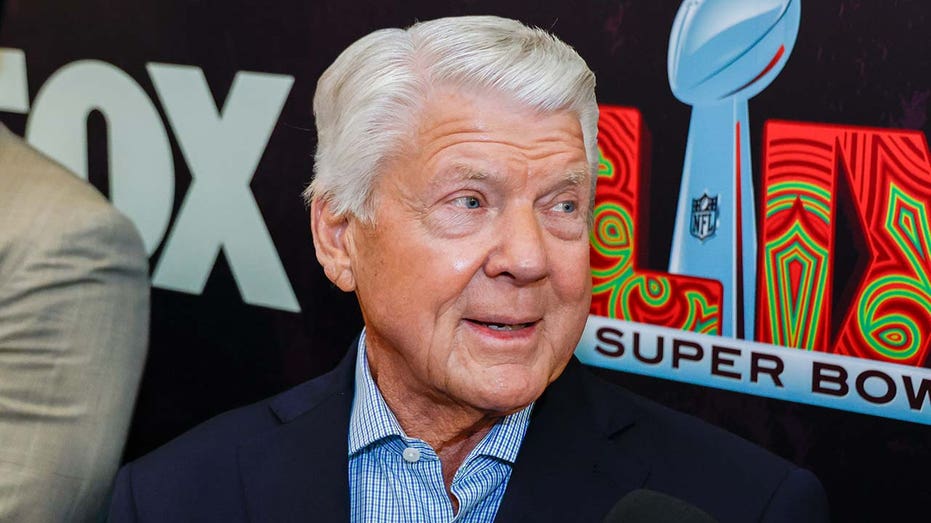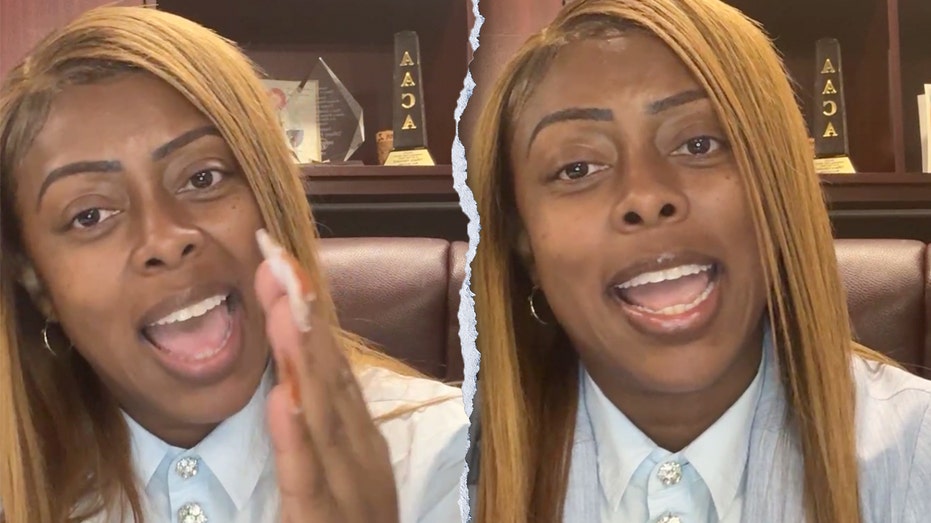- by foxnews
- 04 Mar 2025
January 6 panel accuses Trump of ‘multi-part conspiracy’ in final report
January 6 panel accuses Trump of ‘multi-part conspiracy’ in final report
- by theguardian
- 24 Dec 2022
- in news

The congressional panel investigating the January 6 attack on the US Capitol has published its final report, accusing Donald Trump of a "multi-part conspiracy" to thwart the will of the people and subvert democracy.
Divided into eight chapters, the 845-page report includes findings, interview transcripts and legislative recommendations and represents one of the most damning official portraits of a president in American history.
Its release comes just three days after the select committee recommended criminal charges against Trump and follows media reports that it is cooperating and sharing crucial evidence with the justice department.
The panel, which will dissolve on 3 January when Republicans take control of the House of Representatives, conducted more than 1,000 interviews, held 10 public hearings - some televised in prime time - and collected more than a million documents since forming in July last year.
Its report presents an in-depth and detailed account of Trump's effort to overturn his defeat by Joe Biden in the 2020 presidential election and what the panel says was his culpability for a violent insurrection by his supporters.
It makes the case that Trump knew he lost but still pressured both state officials and Vice President Mike Pence to overturn the election, then "was directly responsible for summoning what became a violent mob" and refused repeated entreaties from his aides to condemn the rioters or to encourage them to leave.
"The central cause of January 6th was one man, former President Donald Trump, who many others followed," the document's executive summary says. "None of the events of January 6th would have happened without him."
In the two months between election and insurrection, the committee estimates, Trump or his inner circle engaged in at least 200 apparent acts of public or private outreach, pressure or condemnation targeting either state legislators or state or local election administrators. This included at least 68 meetings, phone calls or text messages, 18 instances of prominent public remarks and 125 social media posts by Trump or senior aides.
The report adds to political pressure already on the attorney general, Merrick Garland, and Jack Smith, the special counsel who is conducting an investigation into the insurrection and Trump's actions.
The Punchbowl News website reported that the committee has begun "extensively cooperating" with the special counsel, sharing documents and transcripts including text messages sent by Mark Meadows, the then White House chief of staff.
On Monday, at its final public session, the panel unanimously made four criminal referrals to the justice department against Trump for his role in the insurrection that started with his false claims of a stolen election and ended in the mob siege of the US Capitol. It was the first time in American history that Congress had taken such action against a former president.
In unanimously adopting the report, the committee also recommended a congressional ethics investigations for the House Republican leader, Kevin McCarthy, and other House members over defying congressional subpoenas for information about their interactions with Trump before, during and after the bloody assault.
The members "should be questioned in a public forum about their advance knowledge of and role in President Trump's plan to prevent the peaceful transition of power", the report contends.
While a criminal referral is mostly symbolic, with the justice department ultimately deciding whether to prosecute Trump or others, it was another blow to the former president's already faltering 2024 election campaign.
The panel was formed in the summer of 2021 after Senate Republicans blocked the formation of what would have been a bipartisan, independent commission to investigate the insurrection. When that effort failed, the Democratic-controlled House formed an investigative committee of its own, comprising seven Democrats and two Republicans: Liz Cheney of Wyoming and Adam Kinzinger of Illinois.
During an 18-month investigation, the panel laid out evidence that the January 6 attack at the US Capitol was not a spontaneous protest, but an orchestrated "scheme" by Trump to subvert democracy and overturn the election.
He urged supporters to come to Washington for a "big rally" on January 6. He whipped up supporters in a speech outside the White House. Knowing that some were armed, he sent the mob to the Capitol and encouraged them to "fight like hell" for his presidency as Congress was counting the vote. He tried to join them on Capitol Hill.
All the while Trump stoked theories from conservative lawyer John Eastman to create alternative slates of electors, switching certain states that voted for Biden to Trump, that could be presented to Congress for the tally. Eastman also faces criminal referral by the committee to the justice department.
Many of Trump's former aides testified about his unprecedented pressure on states, on federal officials and Mike Pence to object to Biden's win. The committee has also described how Trump riled up the crowd at a rally that morning and then did little to stop his supporters for several hours as he watched the violence unfold on television.
Once they were inside the building, the committee notes, Trump showed no concern when they chanted "Hang Mike Pence!" and for hours the then president resisted the pleas of advisers who told him to tell the rioters to disperse. "The final words of that tweet leave little doubt about President Trump's sentiments toward those who invaded the Capitol: 'Remember this day forever!'" the report states.
More than 800 people have been charged in relation to the attack. Oath Keepers founder Stewart Rhodes and four associates were convicted of am obstruction charge last month. Rhodes, who was also convicted of seditious conspiracy, did not go inside the Capitol but was accused of leading a violent plot to stop the peaceful transfer of power.
At Monday's meeting, chairman Bennie Thompson said: "The committee is nearing the end of its work, but as a country we remain in strange and uncharted waters. Nearly two years later this is still a time of reflection and reckoning."
He added: "We have every confidence that the work of this committee will help provide a roadmap to justice."
Cheney, the vice-chairwoman of the committee, said in her opening remarks that every president in American history has defended the orderly transfer of power "except one".
After that session, Trump remained defiant. "These folks don't get it that when they come after me, people who love freedom rally around me," he said in a statement. "It strengthens me. What doesn't kill me makes me stronger."
The report includes recommendations for legislative changes, including proposals for updating the 19th century Electoral Count Act that was strained by Trump's attempt to challenge the way Congress tallies the votes.
In comments posted on his Truth Social network after the final report's release, Trump called it "highly partisan" and a "witch hunt". He said it failed to "study the reason for the [January 6] protest, election fraud". Trump falsely claimed the report didn't include his statement on 6 January that his supporters should protest "peacefully and patriotically".
The committee's report details Trump's inaction as his loyalists were violently storming the building. Returning to the White House from his fiery speech, he asked an employee if they had seen his remarks on television.
"Sir, they cut it off because they're rioting down at the Capitol," the staffer said, according to the report.
A White House photographer snapped a picture of Trump at 1.21pm learning of the riot from the employee. "By that time, if not sooner, he had been made aware of the violent riot at the Capitol," the report states.
The report describes efforts on 6 January by Ivanka Trump, the president's daughter and senior adviser, to convince him to tell the protesters to go home peacefully.
"It has been reported that each time Ivanka Trump 'thought she had made headway' with her father, [chief of staff Mark] Meadows would call her 'to say the [P]resident still needed more persuading' - a cycle that repeated itself over 'several hours' that afternoon."
The report states that even after Trump released a video message telling the rioters to go home, both he and his lawyer, former New York mayor Rudy Giuliani, continued trying to delay the joint session of Congress that would certify Biden's victory.
Having spoken to Trump, Giuliani tried calling various members of Congress including Senators Lindsey Graham, Josh Hawley and Ted Cruz.The committee says: "We know definitively what Giuliani was up to because he left a voice message for Senator Tuberville - inadvertently on Senator Lee's phone - recording his request. He wanted for 'you, our Republican friends to try to just slow it down', referring to the electoral count, and delay the joint session."
In total, 187 minutes elapsed between the time Trump finished his speech at the Ellipse and his first effort to get the rioters to disperse, through an eventual video message in which he asked his supporters to go home even as he reassured them: "We love you, you're very special."
During those hours, dozens of staffers and associates pleaded with him to make a forceful statement. But he did not.
The committee quotes some of Trump's most loyal supporters blaming him for the violence.
"We all look like domestic terrorists now," longtime aide Hope Hicks texted Julie Radford, who served as Ivanka Trump's chief of staff, in the aftermath.
Hicks also texted a White House lawyer: "I'm so upset. Everything we worked for wiped away."
- by foxnews
- descember 09, 2016
Bus travel sees 'steady growth' as flyers seek alternative transportation
People who ride on airplanes might rely on alternative transportation for a number of reasons. A CEO of a bus travel company shares insights with Fox News Digital.
read more


